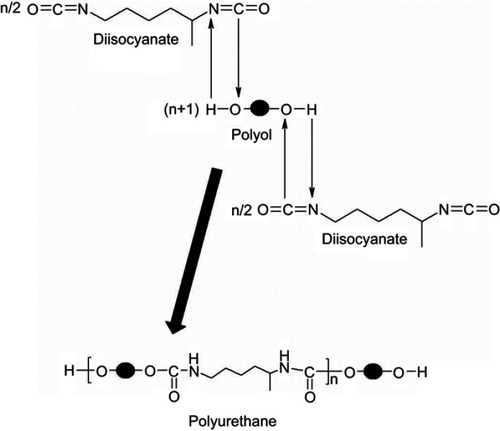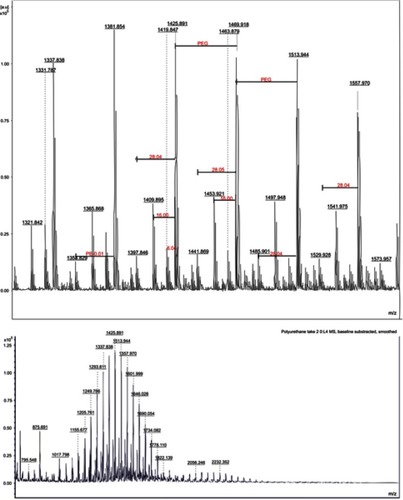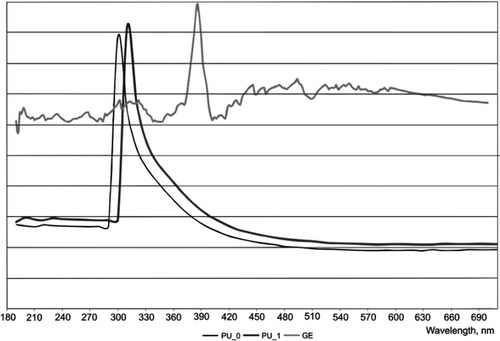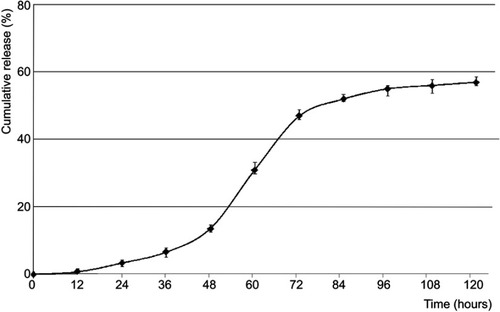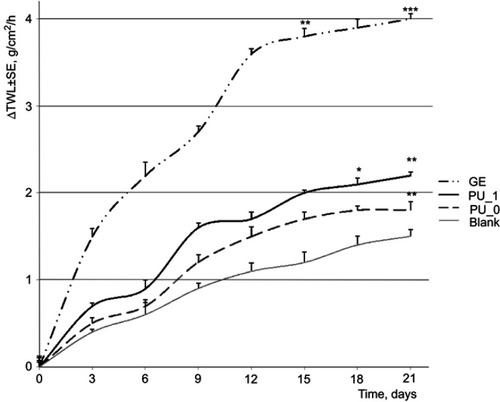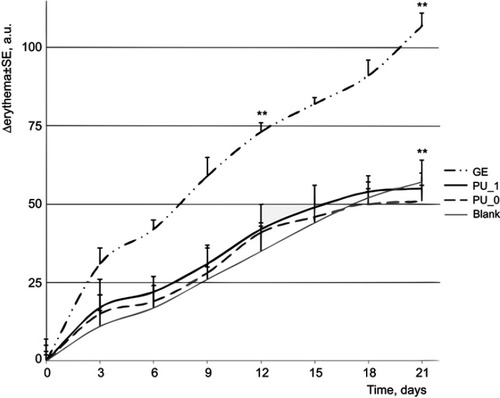Figures & data
Table 1 The main characteristics of the reagents
Table 2 The raw materials for PU nanoparticle synthesis
Table 3 pH and solubility of samples in different solvents
Figure 4 DSC thermograms of polyurethane samples.
Abbreviations: DSC, differential scanning calorimetry; PU, polyurethane; PU_0, polyurethane sample without ginger extract; PU_1, polyurethane sample with ginger extract; Lab, laboratory; UMFT, University of Medicine and Pharmacy Timisoara; exo, exoterm.
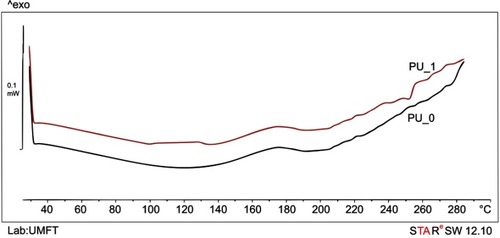
Table 4 Zetasizer characterization of synthesized samples

